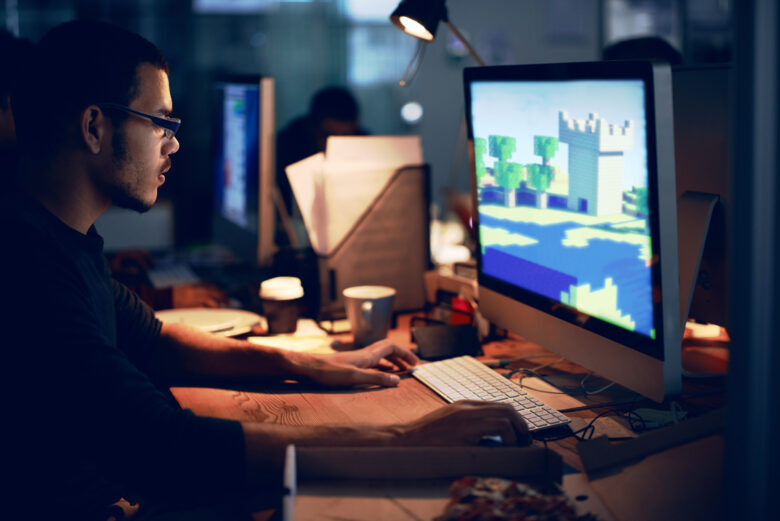Minecraft is a well-known video game that many kids like to play in their free time. But, this game is also being used in schools to complement the lessons kids are taught every day. Discover some of the ways this popular video game is being used in many of today’s classrooms.
History Lessons
A history instructor teaching students about ancient Rome can incorporate the video game into the lesson. The teacher can use the three-dimensional Roman Colosseum found in Minecraft to give students a look at it from every angle. Realistic details of this historical structure are provided through 21st-century technology to stir the curiosity of young students in a history class. This can definitely bring a lesson on ancient Rome to life.
A history teacher talking about 16th and 17th century England can use the three-dimensional image of The Globe Theatre on the video game to enhance the lesson. Students can study the appearance of the theater and even put on virtual plays to make the lesson even more memorable.
This lively game is also useful for a lesson on ancient Egypt. Today’s students can create and study three-dimensional pyramids in a way they never could before with the help of this video game. All of these lessons can prompt discussion and questions that really get students interested in the study of history.
Citizenship Skills
A history teacher giving a lesson on citizenship can use the video game to strengthen this important skill in all his or her students. The students must work together to perform tasks, divide up supplies, and make sure everyone is involved. These are all valuable skills learned via a fun video game! Some schools even run a Minecraft server for students, allowing them to collaborate and play outside of school. This can help build their teamwork skillset and can foster a sense of community in students who may not interact well in other environments.
Creative Writing Skills
Teachers can encourage their students to create their own characters using the game. They can decide on the backstory details of their characters as well as what sort of plot the characters will be involved in. This gives kids practice in writing and exploring their skill of creativity. Who knows? Some students may even develop great stories which they can carry on with even after their classes are over. Make sure to visit relevant websites to get more ideas on different Minecraft puzzles and traps!
Reading Comprehension Skills
A language arts or reading teacher can use this video game to develop students’ reading comprehension skills. Students receive a sheet of information from their teacher that they have to interpret in order to bring the characters, settings, and plots to life via Minecraft. In short, the students get practice in analyzing a written text to arrive at conclusions about it.
Math Lessons
The game also presents opportunities for kids to improve their math skills. For example, a team of kids receives a supply of food to go on an adventure in the game. The kids have to use their division skills to make sure every member of the team gets an equal amount of supplies. As the supplies are used, the students have to subtract the number in order to keep an accurate record of their supplies. Also, a student may have to figure out how many minutes there are until daylight or nightfall as they continue to create things and move through this game. Estimating is an essential skill in many types of mathematics.
Problem-solving is an important skill learned in math classes, and the video game can help with those types of lessons. In this video game, a teacher can come up with challenges that individuals or groups must use their minds to solve. There may be a time limit to make the task more interesting. Independent thinking is a skill students will use long past their school years.
Finally, teachers and other educators have figured out many imaginative ways to use this video game that most kids already know about and enjoy. The best thing about the game is it puts no limits on a child’s creativity.













Leave a Reply